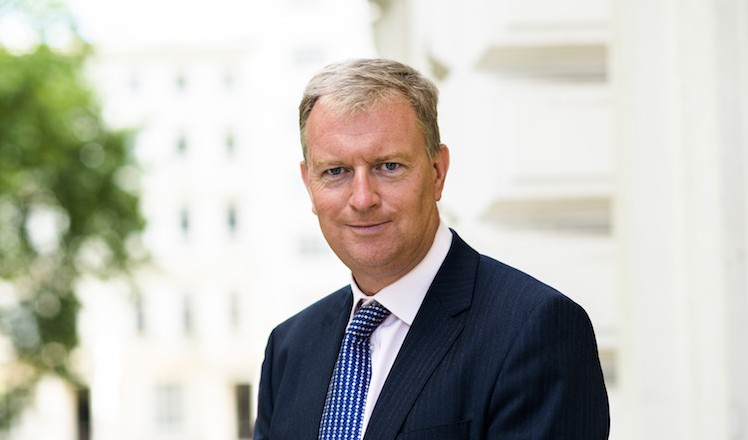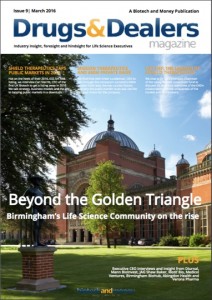5 unique insights from the man at the helm of UK life science investor Imperial Innovations
Quality sites
- Online Casinos UK
- Casino Non Aams
- Casinos Not On Gamstop
- UK Casinos Not On Gamstop
- Best UK Casinos Not On Gamstop
- Casino Sites Not On Gamstop
- Casino Sites Not On Gamstop
- Casino Sites Not On Gamstop
- Non Gamstop Casino Sites UK
- Non Gamstop Casinos
- Best Online Casino Canada
- Casino Sites Not On Gamstop
- Non Gamstop Casino UK
- UK Online Casinos Not On Gamstop
- Best Slot Sites 2025
- Casinos Not On Gamstop
- Meilleur Casino En Ligne
- Non Gamstop Casinos
- Slots Not On Gamstop
- Non Gamstop Casino
- New Online Casinos Not Registered With Gamstop
- Casino Non Aams Sicuri
- Casino Sites UK Not On Gamstop
- Casino Non Aams Italia
- Bitcoin Casino
- Meilleur Site Casino En Ligne Belgique
- Migliori Siti Scommesse Non Aams
Imperial Innovations has recently released its HY results, and I had the opportunity to sit down with Russ Cummings, the CEO, to get the real skinny on what’s going on at Innovations, where he sees the opportunities for the sector and what he is really getting excited about.
In case you missed it, here are the headlines from their HY report:
- They posted a pre-tax loss of £7.0m for the six months to the end of January against a pre-tax profit of £24.4m a year ago. Net assets stood at £397.8m (FY 2014: £404.8m).
- The key focus for the first half of the year has been to put the group’s capital to work in order to accelerate the development of their leading unquoted portfolio companies.
- They have invested £22.4m across their portfolio in the first half and £32m in the year to date. Along with their co-investors, they have now committed £1 billion in investment in UK innovation since their IPO in 2006.
Russ summed it up in our interview as a period of ‘strong underlying performance, putting capital to work, and growing value over the long term.’
The results were bang on expectations – Russ pointed out that they had promised they would ramp up their investment rate from around £30million per annum towards £50 or £60 million per annum, and that is precisely what they have done.
But I was interested in delving deeper than his HY results and wanted to find out a little more about what makes Russ, and Imperial Innovations tick. So what did I learn in the interview?
1) Imperial Innovations is a potent force for life science investment in the UK
If you didn’t know it already, Imperial Innovations is one of the most potent forces attracting capital to the life science sector. The £1 billion marker is symbolic, but what it clearly demonstrates, as Russ says, is that Imperial Innovations is drawing capital into the sector and acting as a magnet for not just their own capital, but other people’s capital flowing into these businesses. This can only be good for the sector.
2) Quality is King
Russ definitely doesn’t want to develop a kind of culture where they are just pushing money. For him, at II, quality remains a very important aspect of what they do. Putting capital into more established portfolio companies, but also forming and investing in the next generation of companies that are coming through is integral to their strategy. And to do that successfully the focus has to be on quality.
3) Imperial Innovations is all about ambition
Russ reiterated what Nigel Pitchford said in our interview with him some months ago, that Imperial Innovations is in the business of building billion dollar healthcare companies. And to do that they need to have ambition, patience and a strong balance sheet.
The business model is to drive their companies with ambition, bring in quality co-investors, and not necessarily float companies too early.
Russ explains:
‘The strength of our balance sheet and co-investors means businesses can continue to progress as private entities to become substantial businesses.’
This focus on ambition really does set them apart. And clearly, it’s a formula that is working for them.
3 Key Success Factors to Building Billion Dollar Biotechs
I pressed Russ on what he thought were the KSF’s to his business model. He was swift to respond:
1. Building substantially, with ambition, over a long period of time
2. Timing
3. Management!
Russ is particularly passionate about the quality of management, and getting high quality management into his businesses much earlier than they might otherwise be able to or deserve. He recognizes that it’s not just sufficient to have technology and market opportunity, you need management to create value and exploit that.
In fact, Russ’s obsession with quality of management is one of the things that sets Imperial Innovations apart. For example, they have an entrepreneur in residence programme, they use venture partners cleverly, and they have a fantastic ability to recycle management teams (for example, Circassia’s management team – formally of PowderJet and Zeneus Pharma - was one Russ latched onto when he first stepped into the business).
4) Who cares about what’s currently hot or not?
Everybody is talking about Immuno-oncology. And of course that area is attracting a lot of attention. But the point that Russ is keen to stress is that they haven’t gone into those sectors because someone was waving a flag and saying they’re hot and exciting.
Successful companies in Russ’s portfolio such as Cell Medica and PsiOxus were businesses they helped co-found back in 2007/2008. Long before they were flagged up as being in hot sectors. But they invested in them because they were really novel, really exciting, innovative biology. They saw something in the academic research teams and the management teams they were building around those opportunities.
5) A new asset class of investors is emerging
3 years ago there was probably just Imperial Innovations and IP group that were operating in the space of commercialisation of university research and intellectual property. Alongside them of course have been the mainstream venture capital community, and the corporate venture community, that have been around for a while and are now a permanent fixture.
But the success of Imperial Innovations’ model, and also of IP group, has meant the emergence of a whole new set of investors including the likes of Allied Minds, Mercia, NetScientific and Malin.
This could be characterised as a whole new asset class of investors that is driving capital investment in the sector – which can only be a good thing!
Russ is going to be speaking at our Biotechs and the City evening social, themed around ‘Idea to IPO’ held in partnership with NASDAQ on 29th of April. To find out more, or to register, click here.





Leave a comment